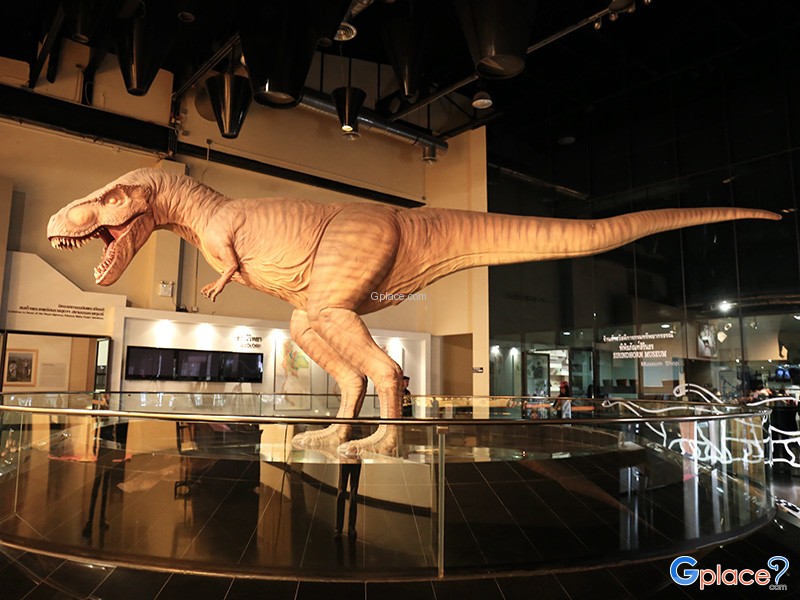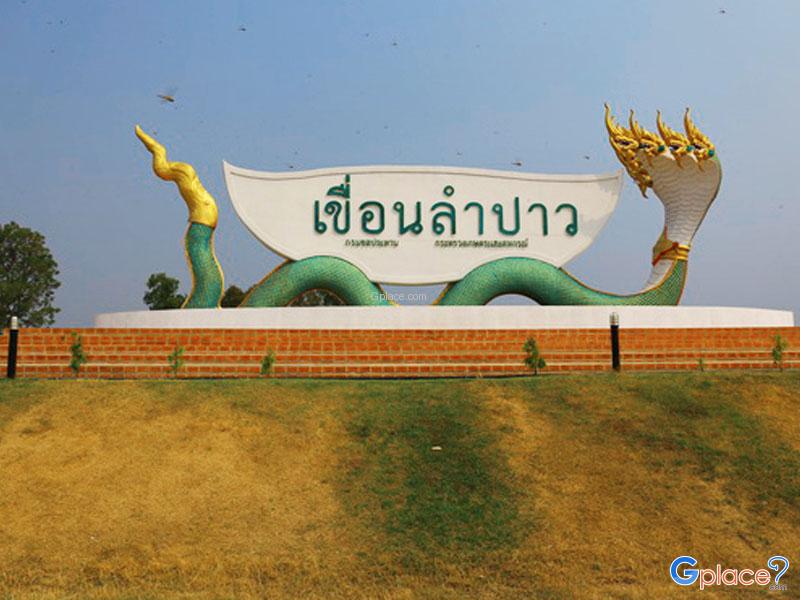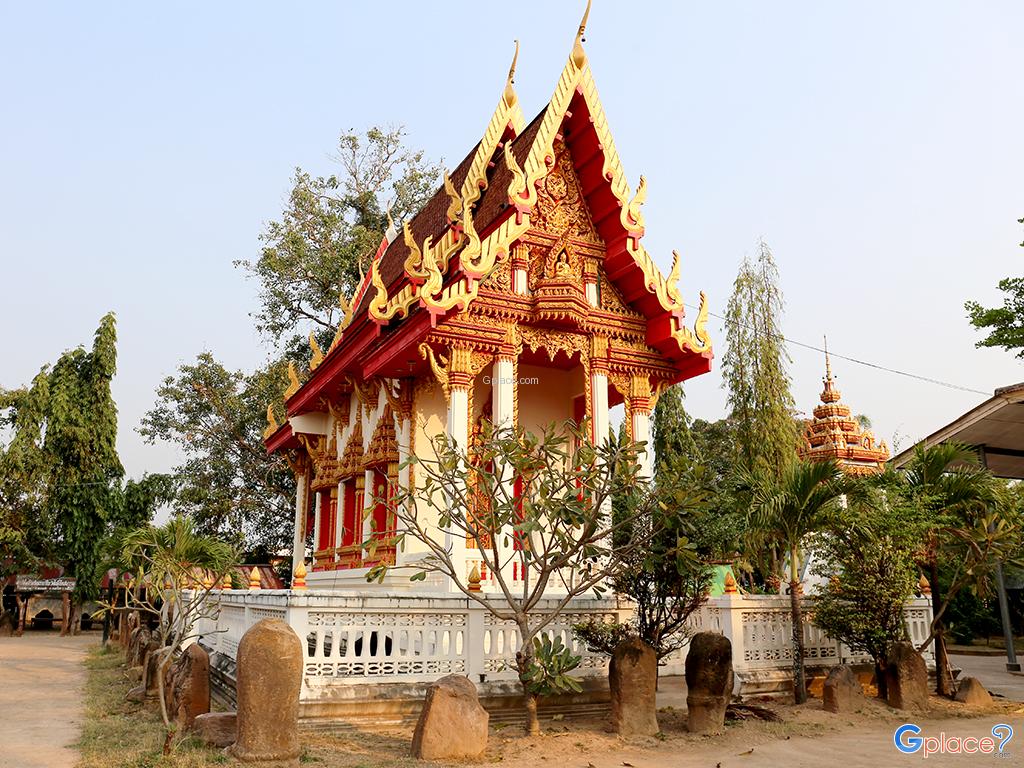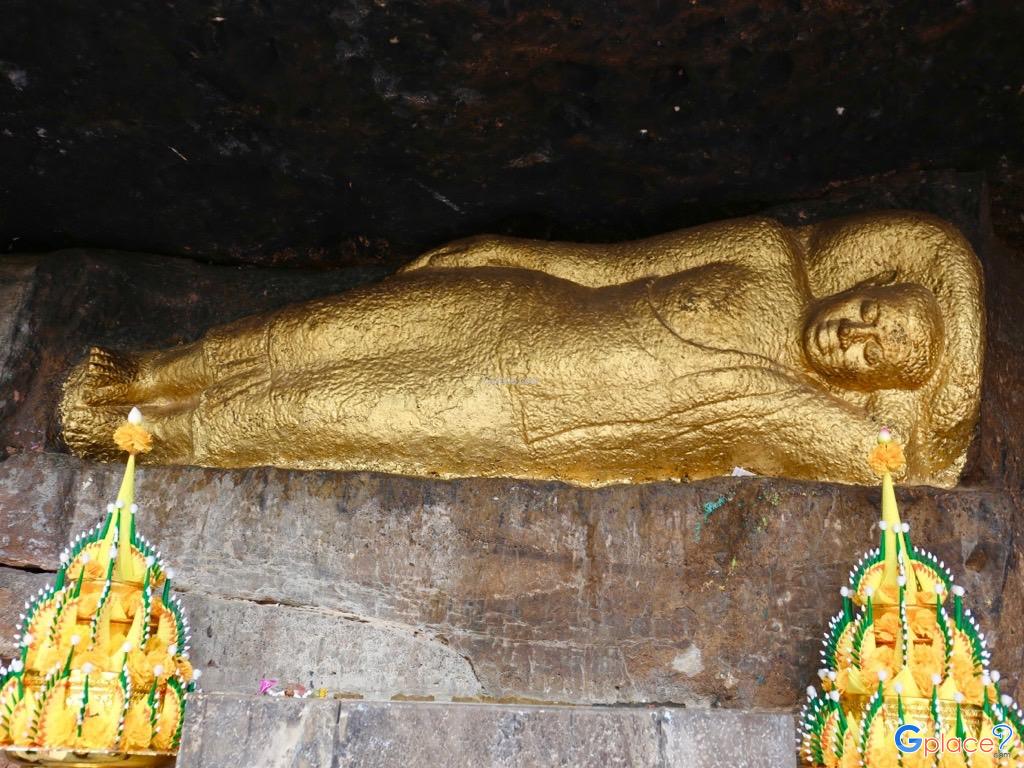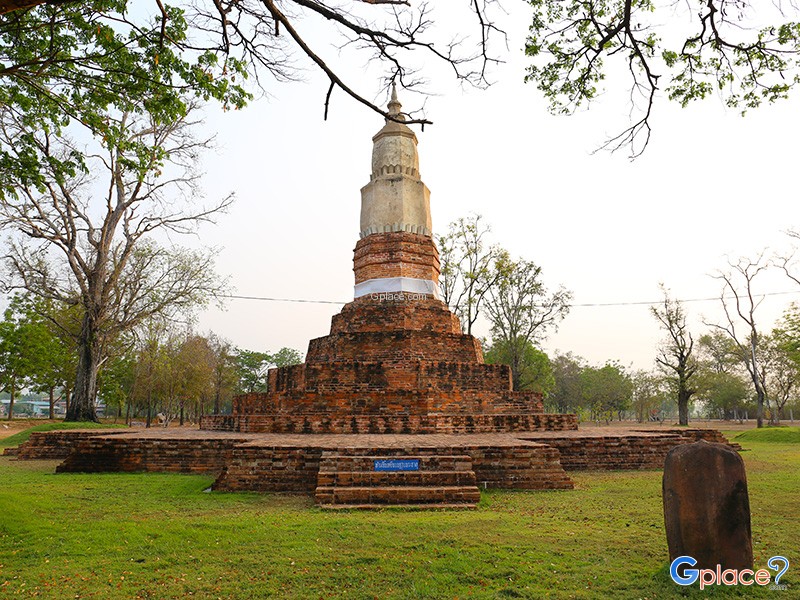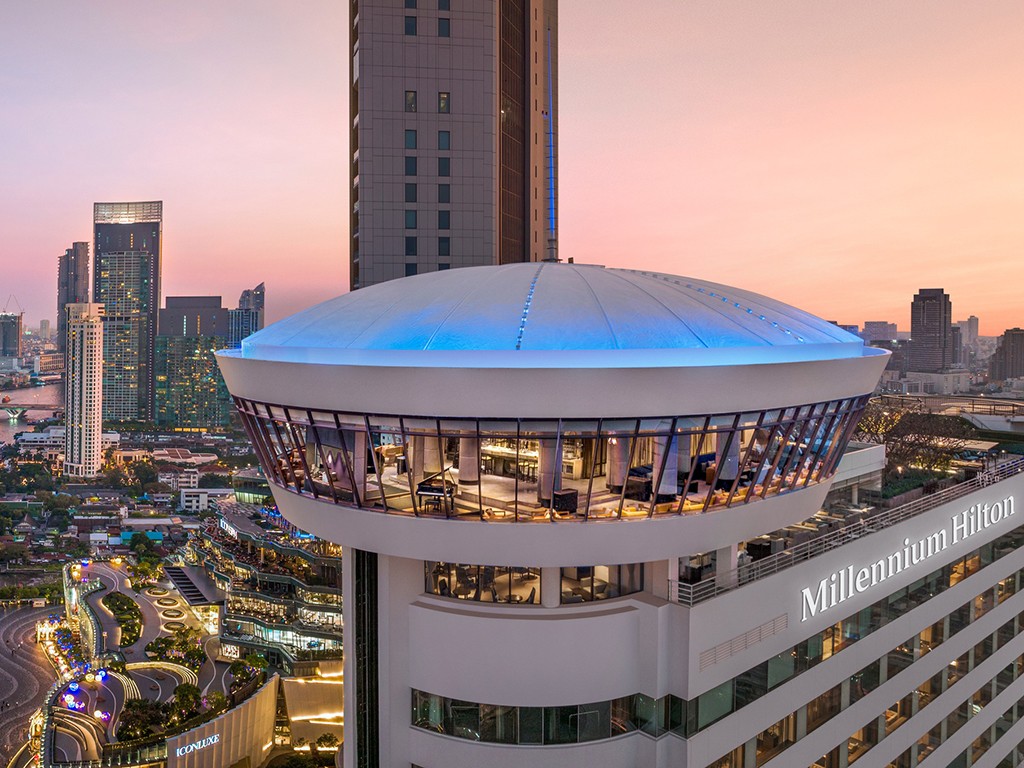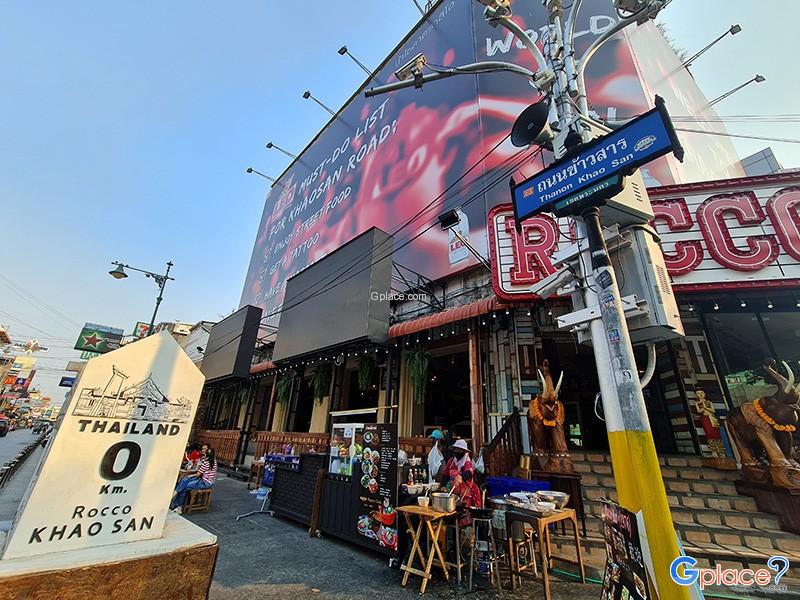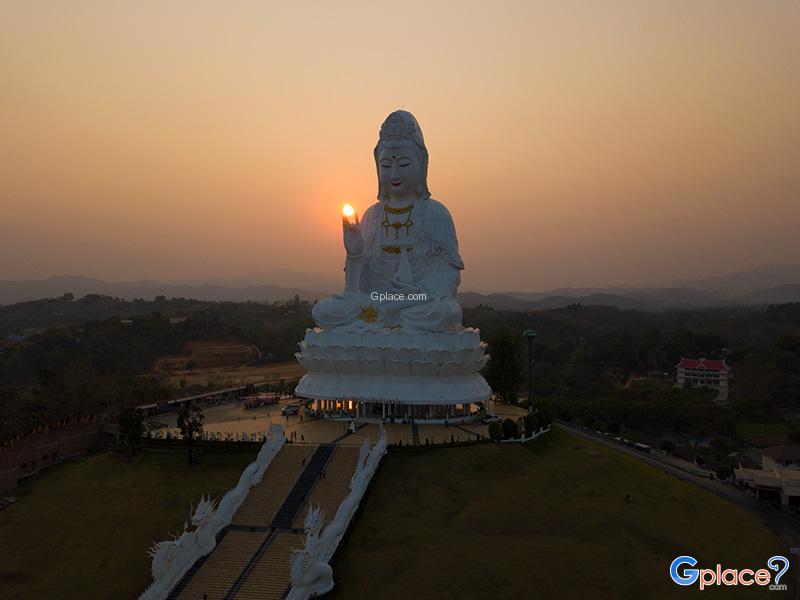
กาฬสินธุ์ ต้องเที่ยว
 2420
2420
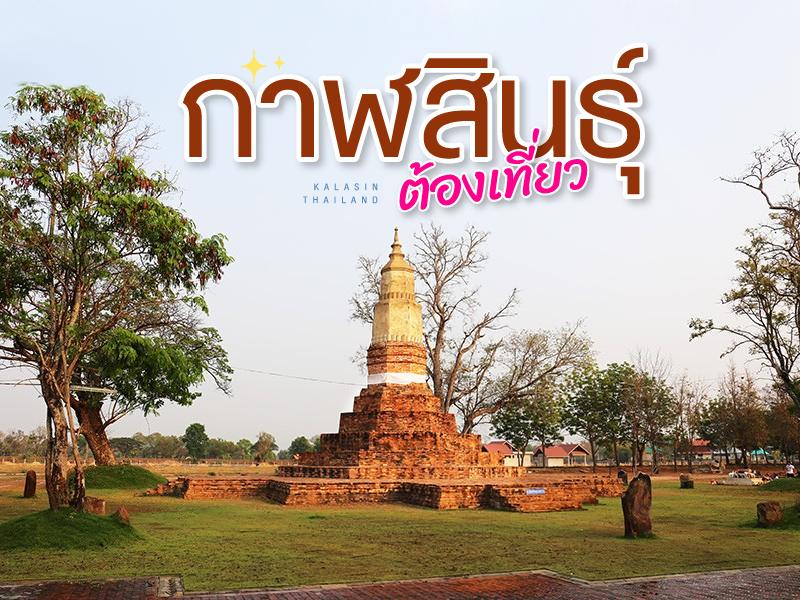 รวมสถานที่ท่องเที่ยวในกาฬสินธุ์ เมื่อมาถึงแล้ว "ต้องเที่ยว" มีที่ใดบ้างตามมาดูกันด้านล่างนี้ได้เลย
รวมสถานที่ท่องเที่ยวในกาฬสินธุ์ เมื่อมาถึงแล้ว "ต้องเที่ยว" มีที่ใดบ้างตามมาดูกันด้านล่างนี้ได้เลย
Sirindhorn Museum Is located at Phu Kum Khao, Tambon Non Buri. In 1970, Phrakhru Wichit Sahatsakhun, Abbot of Wat Sakkawan, discovered large-sized bones in the temple’s compound. At that time, he did not know that they were dinosaur fossils, so he kept them at the temple. Then, in 1978, Mr. Varavudh Suteethorn and a group of geologists from the Department of Mineral Resources surveyed the ar...
read more
Lam Pao Dam The Dam was built to block Lam Pao - the Pao River - and Huai Yang – Yang Creek. It borders Tambon Lam Pao, Amphoe Mueang; Tambon Nong Bua, Amphoe Nong Kung Si; and Tambon Woe, Amphoe Yang Talat. The earthen dam is 33 metres high. The crest of the dam is 7.8 metres long, and 8 metres wide. The construction was commenced in 1963 and was completed in 1968, so to block water from La...
read more
Wat Pho Chai Semaram is located at Ban Sema, opposite the entrance to Fa Daet Song Yang. It is an old temple with a huge collection of old boundary stones of gigantic sizes, which are unique for the northeastern region.The boundary stones found in Fa Daet Song Yang are different from those discovered in other regions, as they were usually carved telling Jataka stories and the life of the Lord Budd...
read more
Wat phutthanimit Phu Khao is situated on top of Phu Khao at Ban Na Si Nuan, Tambon Sahatsakhan. It houses a rock relief of an ancient reclining Buddha image leaning on his left side, which is about 2 metres long and 25 centimetres wide. The Buddha image is highly revered by the local people. According to legend, Moggallana, a chief disciple of the Lord Buddha created this image over 2,000 years ag...
read more
Phrathat Yakhu It is the largest Chedi in Fa Daet Song Yang. It is an octagonal-shaped Chedi, made of bricks. Evidence shows that it was constructed for three periods. The pedestal was in a resented square shape, with staircases at the four directions and decorated with stucco built during the Dvaravati period. The upper pedestal was in an octagonal shape, built on top of the original one and...
read more


















